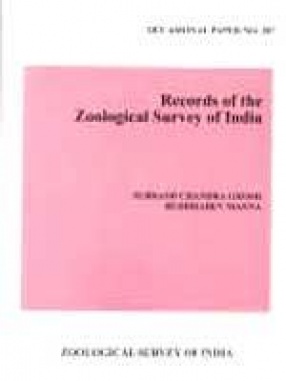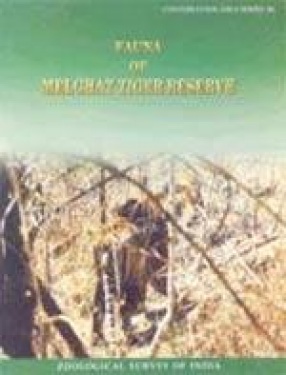The present study deals with the systematic of the available soil and plant nematode species infesting the economically important crops like, paddy, wheat and jute etc. grown in different districts of West Bengal, India; seasonal fluctuation of population of H. Gracilis and "other nematodes" and their vertical distribution in soil to know the time and depths of availability of the parasitic nematodes; seasonal crop rotation on the population of H. gracilis and "other nematodes" in soil at different selected plots for the management of phytonematodes; comparison of the effect of fallowing on the population of H. gracilis and "other nematodes" in soil of different plots under study and Lastly, the statistical analysis and comparison between different crops, soil moisture, soil temperature and population of H. gracilis of different period under study. The present work statistically proves that whatever may be the favourable crop sequence or fallow condition followed, the soil moisture maintained an almost constant correlation with the nematode population, except in Jalmasta jute rotation, an enemy crop. The soil moisture could not help to build-up the nematode population. In monocultivation of paddy, the rise in temperature, maintained a significant correlation with H. gracilis, while the soil moisture could not either under the cultivation of Masuiry paddy or Ratna paddy. The temperature, moisture and host plant play important roles in the population fluctuation of nematodes.
Veterinary and Animal Husbandry
$116.10
$129.00





There are no reviews yet.